This carved clapper spatula features an anthropomorphic figure: the end of the handle depicts an ancestral figure in the shape of a fish. The handle is beautifully carved and decorated with shell symbols. The work of the Massim master sculptor is remarkable. carved ebonite wood, with a central section of carved and incised detailing, the handle cut vertically into two sections to form a clapper. North Massim region, PNG, Melanesia.
The "clapper type" example present here holds an interesting dual function. As well as their primary purpose in preparing betel nuts for consumption, clapper spatulas also act as musical instruments. The handles of this spatula is cut vertically into two and the centre is hollowed out to form a sounding cavity. When shaken or struck against the hand it produces the characteristic "clap".
Whilst in some mainland communities they are simply utilised to accompany singing and dance, on the Trobriand Islands clappers are reserved for chiefs to use to warn others of their approach. (Metropolitan Museum of Art 2017).
Base made to measure at your request by our professional craftsman











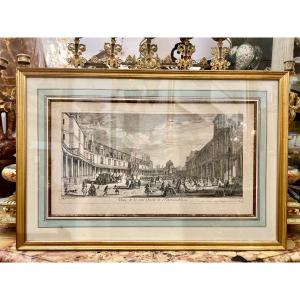


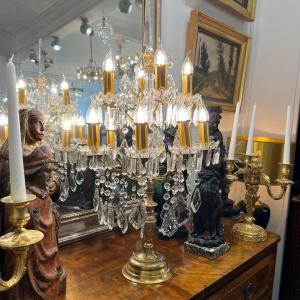

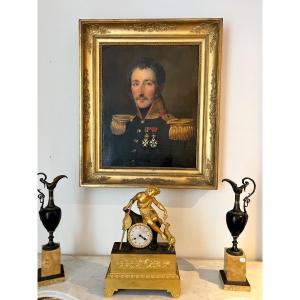

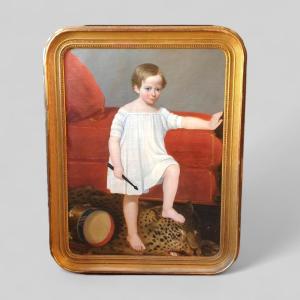


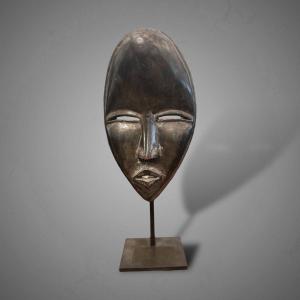


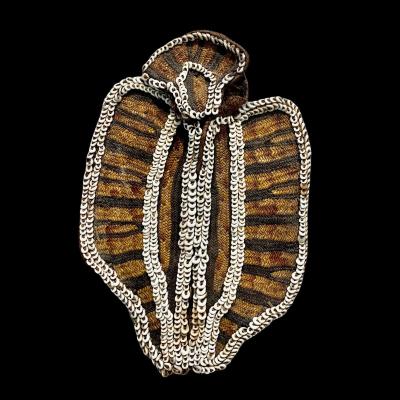



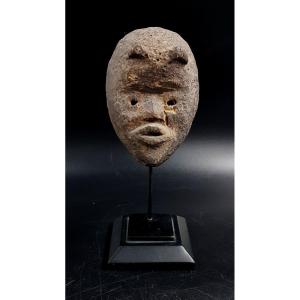

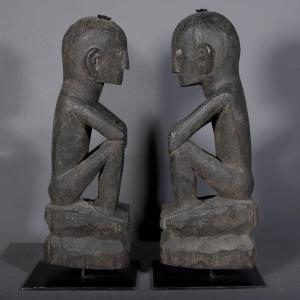



 Le Magazine de PROANTIC
Le Magazine de PROANTIC TRÉSORS Magazine
TRÉSORS Magazine Rivista Artiquariato
Rivista Artiquariato